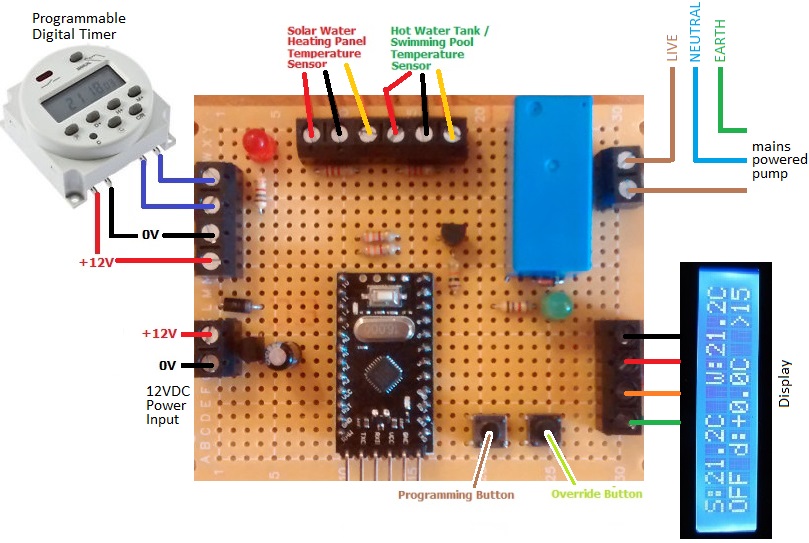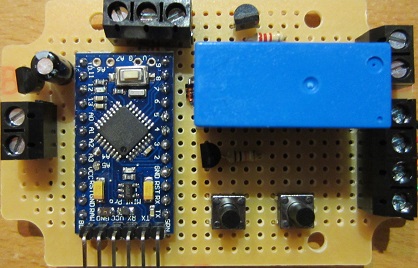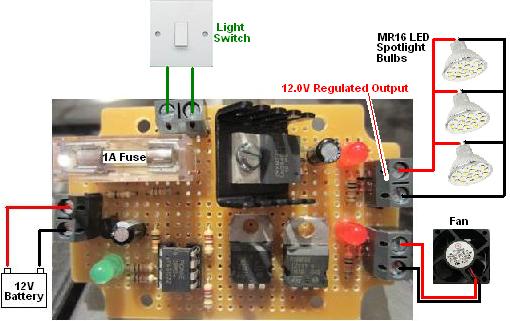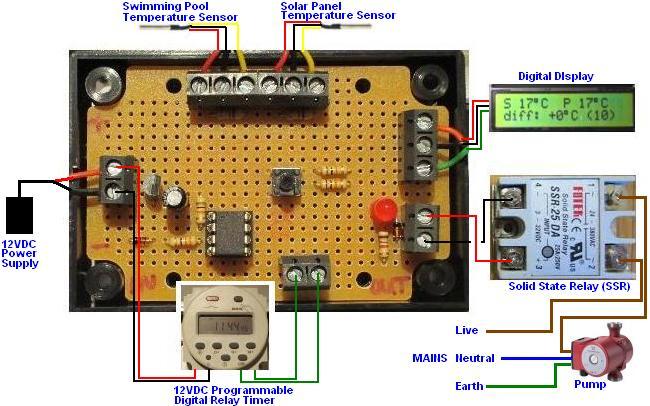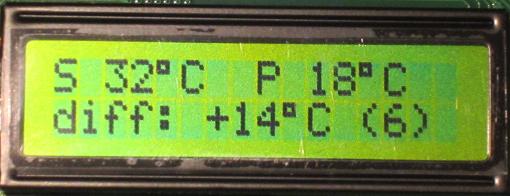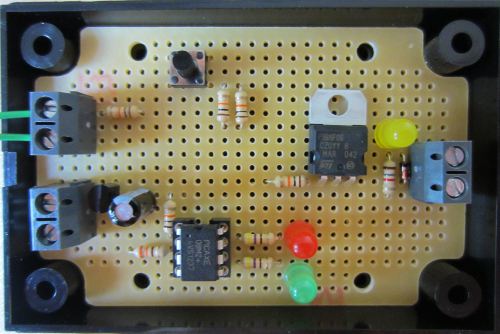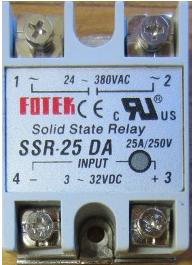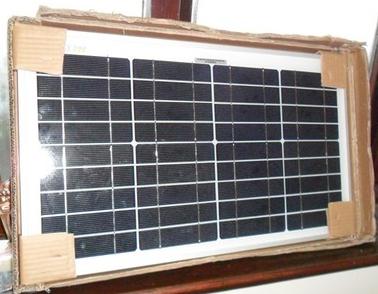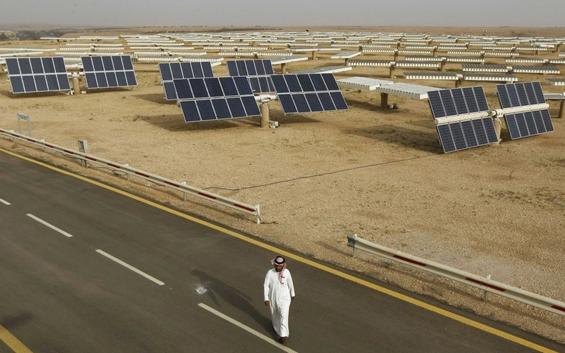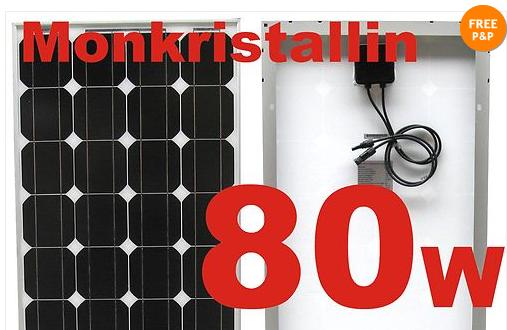Our standard Surplus PV Immersion Controller uses a light detector to estimate when the solar electricity generation from a domestic PV array is above a user-set threshold. It then turns on an immersion heating element to use the surplus electricity rather than exporting it to the grid.
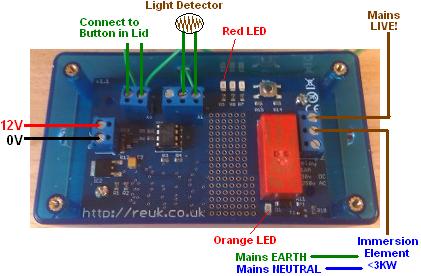
This simple light detector approach works particularly well in homes where the householder is out all day since once the baseline electricity needs of the home are met, the surplus electricity can be used for free water heating instead of being exported (which would earn just a few pennies per kWh unit of electricity exported).
However, this system is not a true surplus electricity controller since if the home owner has a 4 kW solar array, and a 3kW immersion element, then if more than 1kW of electricity is being used in the home on other things – e.g. kettle, washing machine, or other heavy loads, electricity will be imported at a cost to cover any shortfall.
This week we have been working on the next level approach which is very useful for some households depending on how their electricity meter(s) are set up. In our article Flashing LED on Electricity Meter we looked at how modern electricity meters are fitted with a red LED which flashes at a rate proportional to the power passing through them. They are marked with something like 1000 Imp/Kwh which means that the LED will flash 1000 times per kWh unit of electricity passing through.
The meter for which we made this modified controller this week has such an LED which flashes while electricity is being exported and is off while importing. The flash rate is 1000 Imp/kWh and so if 1000 Watts of electricity is being exported, the LED will flash once every 3.6 seconds; if 2000 Watts of electricity is being exported, the LED will flash once every 1.8 seconds; if 100 Watts of electricity is being exported, the LED will flash once every 36 seconds, etc.
Using this information we modified the programming on our standard immersion controller so that instead of the light detector measuring the level of solar radiation and therefore estimating the power generated by the solar panel, it now measures the LED flash rate on the electricity meter so that it knows how much electricity is actually being exported net of any loads in the home.

This controller is being used with a 1.5kW immersion heating element which is powered via a diode to give half-wave AC electricity cutting the power of the immersion element in half to 750 Watts. The solar array is rated at 4 kW.
We programmed this particular controller to turn on the immersion element when 1,100 Watts or more is being exported and then turn off the element when 200 Watts or less are being exported. If 1,100 Watts are being exported then when the immersion heating element turns on, the export will instantly fall down to 350 Watts, and there is an extra 150 Watts of hysteresis in place so that the immersion will not be turned off when the power taken by the devices using electricity in the home fluctuates a bit.
If you are interested in this type of modified immersion controller, please email neil@reuk.co.uk with details of your electricity meter(s), immersion power rating, and solar array power rating.
